
How to Do The Dragon Flag: Bruce Lee’s Signature Ab Move
Key Takeaways
- The dragon flag is an advanced bodyweight exercise that works the core muscles and builds overall strength.
- This advanced move gained popularity thanks to Bruce Lee and Sylvester Stallone. Today, it’s a favorite choice for MMA fighters and calisthenics athletes.
- When performed correctly, the dragon flag can improve your balance, stability, and coordination. It’s also one of the best core exercises out there. Mastering it takes a lot of practice and patience, but the rewards are worth it.
Want abs like Bruce Lee? Then you might want to try his signature move, the dragon flag. This advanced variation of the lying leg raise will challenge your balance and core strength.
The dragon flag is considered one of the most challenging bodyweight exercises. Think of it as a test of abdominal strength. Popularized by Bruce Lee, it became an integral part of fitness pop culture.
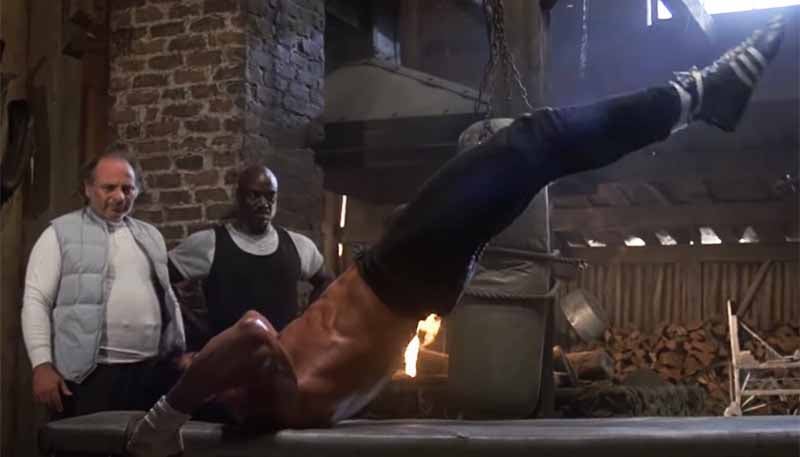
This core exercise helped Rocky Balboa get stronger before fighting the evil Russian Ivan Drago. It’s also a popular choice for MMA fighters and other elite athletes. Ben Bruno, a renowned celebrity trainer, says that his abs are sore for days after performing the dragon flag.
Our team at Old School Labs talked about bodyweight workouts and exercises more than once. We haven’t mentioned the dragon flag yet simply because it’s too difficult for most people. Basically, it requires turning your body into a human flag.
But this doesn’t mean you should give it a try.
When done right, the dragon flag will improve your overall strength and help you build rock-hard abs. In the long run, it can enhance your balance and stability. This movement hits nearly every muscle in your core, making you a better athlete.
Today we’ll show you how to safely perform dragon flags and what it takes to master this advanced move. Our team will also share a number of exercises to get you ready for a full dragon flag.
Let’s get into it!
What Are Dragon Flags?
The dragon flag is an advanced core exercise promoted by American actor and martial artist Bruce Lee. It’s similar to the bar hold, or human flag, but it requires bringing your back (instead of the side) up and parallel to the ground.
Some say that this is the hardest ab move one can do. First, you must use your upper abs to lift your body in a straight line. Next, you’ll have to squeeze your glutes and core muscles to hold the position for a few seconds.
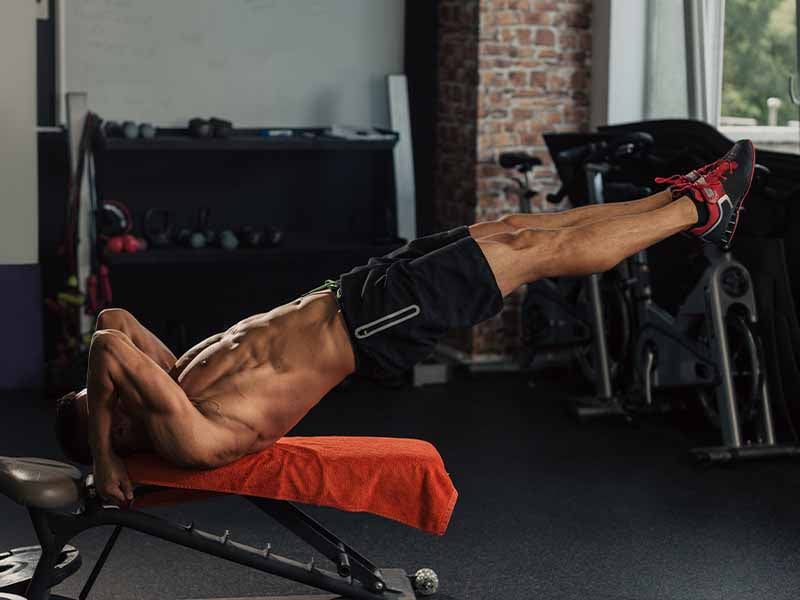
This exercise isn’t just difficult, but it also puts stress on the spine and joints. That’s why it should only be used by more advanced athletes. If you’re new to strength training, there are safer options to choose from.
The key is to start slowly and focus on building the strength required for dragon flags. Make sure your workouts include leg raises, planks, reverse crunches, and other core exercises. As you get stronger, try to perform dragon flag negatives.
We’ll talk about these things later, so keep reading!
Build Killer Abs with the Dragon Flag, Bruce Lee’s Legendary Move
The dragon flag works your rectus abdominis, as well as the glutes, lower back, and obliques — but to a lesser extent. Other muscles, including the multifidus and latissimus dorsi, come into play too.
This calisthenics exercise hits the entire torso and builds full-body strength. The longer you hold the contraction, the greater the benefits. Regular practice is the key.
When used as part of a well-rounded workout, dragon flags may improve your posture and strengthen the core stabilizers — not just your abs. But don’t just take our word for it.
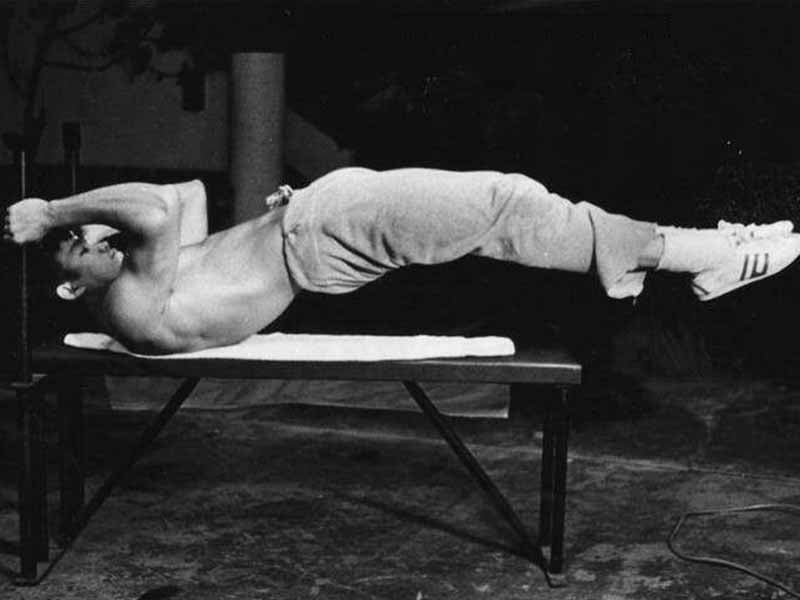
In one study, men who practiced calisthenics for eight weeks got leaner and stronger. They were also able to do more pull-ups and push-ups, even though their training routine didn’t include these exercises.
As the researchers note, calisthenics may have beneficial effects on overall strength, body composition, and posture. This training method can also improve your balance, flexibility, and agility, says Jillian Michaels.
Most athletes perform the dragon flag as a standalone exercise or as part of a core training program. This advanced move can be a great addition to full-body workouts, too.
But first, make sure you know how to execute it correctly.
How to Do a Dragon Flag with Perfect Form
Depending on your fitness level, it could take you weeks or months to master the dragon flag. That’s why we recommend starting with hanging leg raises, lying leg raises, plank variations, and other movements that build core strength.
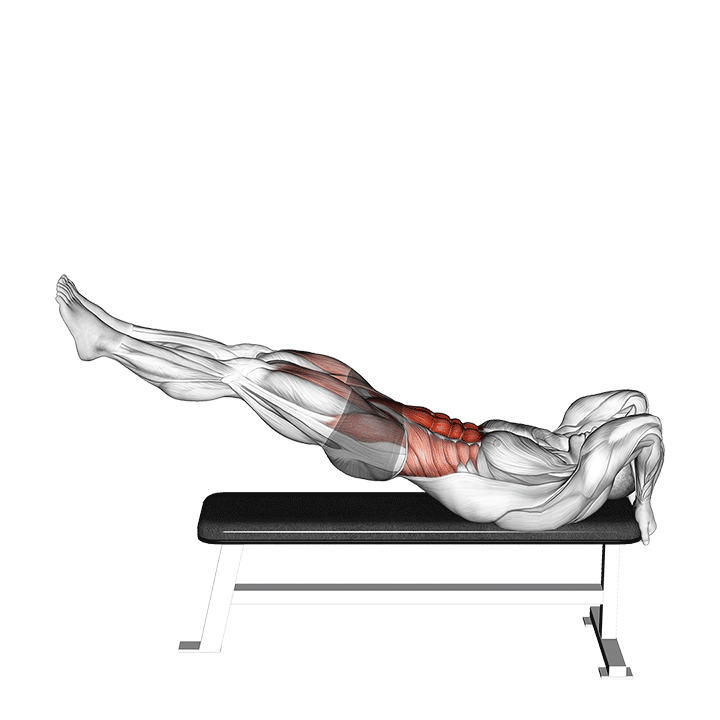
Here’s how to do the dragon flag exercise with perfect form:
- Lie on your back and bring your arms overhead. Lock them into a fixed position by gripping a sturdy pole.
- Extend your legs in front of you so that your body forms a straight line.
- Brace your core and then lift your legs, glutes, and torso while maintaining a straight line. Avoid bending your hips.
- Continue to lift your legs with a slow, controlled motion until you can feel your body weight pressing on your shoulders.
- Pause at the top of the movement for 10 seconds or so. Only your shoulders and lower back should be touching the ground.
- Slowly lower your torso back to the floor without arching your back. Bring your legs down until they are about 6″ to 12″ from the ground.
- Your body should remain in a straight line as you return to the starting position. Perform at least two or three reps.
As a newbie, you might not be able to lift your legs and torso in a straight line. It is recommended that beginners shorten the legs up a little bit and push straight up to the ceiling. Squeeze your glutes as you lower your body to the floor.
More advanced trainees can make this exercise harder by using a decline bench, performing more reps, or doing flutter kicks. Work your way up to three or four sets of at least five reps.
Avoid These Common Mistakes
Bruce Lee’s legendary move takes a lot of practice and can be difficult to master. It’s common for beginners to arch the lower back, pull with their arms, or swing their hips.
These mistakes not only affect their results but also increase injury risk.

For example, if you use your arms to pull your body up, you might end up injuring your neck or rotator cuff. Plus, you’ll fail to fully activate your abs. Always use your core muscles to lift your legs and torso when performing a dragon flag.
Arching your lower back or swinging your hips can lead to muscle strains, back pain, and other injuries. If you’re not strong enough to perform a full dragon flag, bend at the knees and complete half reps.
Let’s see other common mistakes that you might not be aware of:
- Flaring your elbows
- Using momentum
- Not warming up
- Bending at the hips
- Overextending the lower back
- Putting too much pressure on the back of your neck
Warm-up properly before you do this exercise. Try the child’s pose, the cat/cow pose, pelvic tilts, and other stretches for the lower back. Perform some push-ups or chin-ups to get your blood flowing.
Expert Tips to Master the Dragon Flag
Getting started with the dragon flag can be challenging at least.
First things first, watch a couple of videos to see how to perform this movement safely and correctly. Read the instructions above and check out this tutorial.
Next, try to figure out where you want to work out.
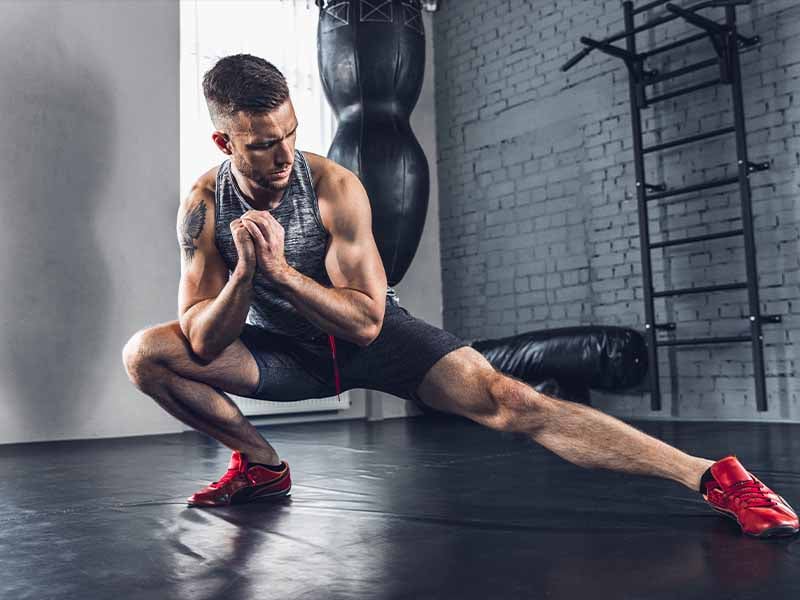
Choose a flat surface, like an exercise mat or a bench. Athlean-X suggests holding your hands underneath a sturdy object, not on its sides, as this will allow you to generate maximum strength.
Consider starting from a position where your torso is slightly raised from the floor. As you get stronger, try to perform this movement as described above.
Bring your legs down as slowly as possible. Use your core muscles to control the movement. Beginners may tuck their knees to the chest when lowering themselves down.
If you’re still struggling to get it right, perform negatives instead.
Start from a shoulder-stand-like position and then slowly lower your body back to the floor. You may also bend or both knees when bringing your hips back to the ground.
Dragon Flag Progressions
Calisthenics expert Al Kavadlo recommends practicing the lying leg raise before attempting the dragon flag. Hanging leg raises, hardstyle planks, shoulder stands, and hollow body holds are helpful, too.

Hardstyle planks, for instance, will teach you how to fire up your abs, thighs, and glutes. By practicing hip raises, you’ll learn how to brace your core muscles to protect the lumbar area.
You might also want to try the hollow body hold, a bodyweight exercise that builds core strength and stability. Practice this movement along with the lying leg raise and then move on to dragon flag progressions, such as:
- Dragon flag negatives (as described above)
- Tuck dragon flags (keep your knees bent through the movement)
- One-leg dragon flags (bend one knee and extend the other leg in front of you)
- Full dragon flags
Even if you perform the dragon flag with your knees bent and a partial range of motion, you’ll still reap the benefits, says celebrity trainer Ben Bruno. Strive for quality, not quantity. It’s better to do five perfect reps than 10 or 15 reps with sloppy form.
Are You Up for a Challenge?
Bruce Lee’s signature move is hard enough the way it is, but you can make it even more challenging.
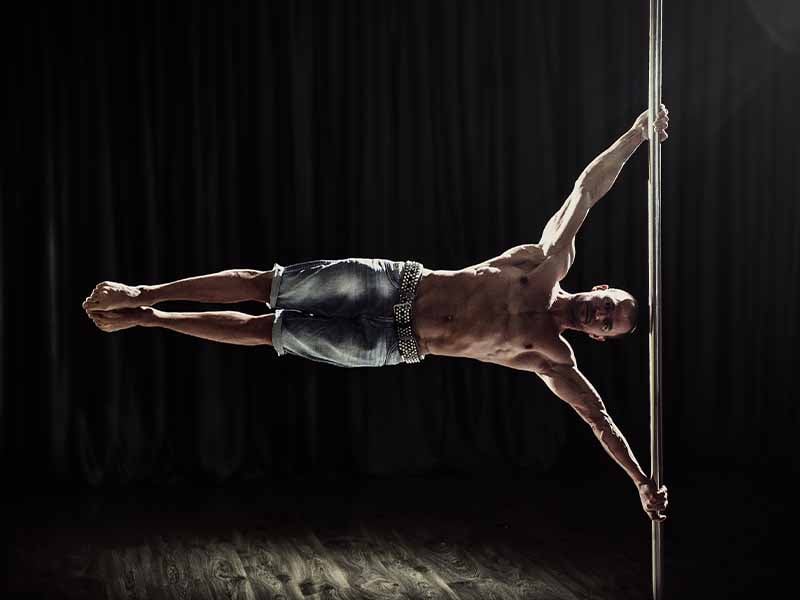
Take the dragon flag to the next level with these tips:
- Hold two kettlebells above your head while performing the dragon flag, suggests Breaking Muscle
- Use ankle weights for increased resistance
- Perform this movement on a decline bench or in the air (with just a pole behind you)
- Master the side lever or human flag
- Use only one hand to grab the pole behind you
To sum up, there are plenty of ways to keep things exciting and shock your muscles into growth. Use a quality pre-workout to fuel your gains, warm up properly, and focus on perfecting your form.
As your strength increases, go ahead and try more advanced variations of the dragon flag.
Take Your Abs Workout to a Whole New Level
The dragon flag is just as challenging as it is rewarding. Mastering this movement will help other exercises, such as the front lever, clapping push-ups, and one-arm push-ups. You’ll also be able to hold a plank for longer.
Note that dragon flags may not be an ideal choice for you. Generally, this advanced move isn’t recommended to those with neck or back problems. If that’s your case, stick to lying leg raises, plank variations, or ab wheel roll-outs.
Isometric training is great for core development, too. Side planks, reverse planks, hollow body holds, and other isometric movements keep your muscles under tension for longer compared to traditional exercises. This allows you to achieve maximal voluntary contraction and build lean mass.

All in all, the dragon flag can take your abs workout to a whole new level. You just need to listen to your body and take one step at a time. Consider trying our Size & Strength Stack to get the energy and strength needed for an intense core workout.
What’s your take on Bruce Lee’s signature ab move? Is it worthwhile? Let us know what you think in the comments section below!











